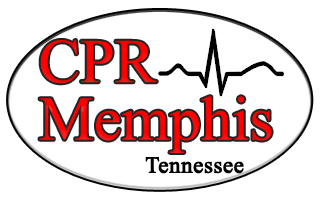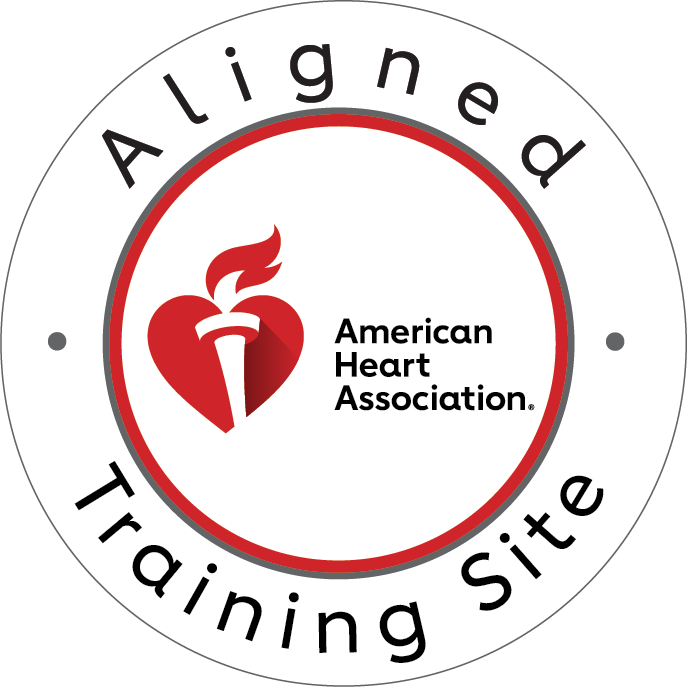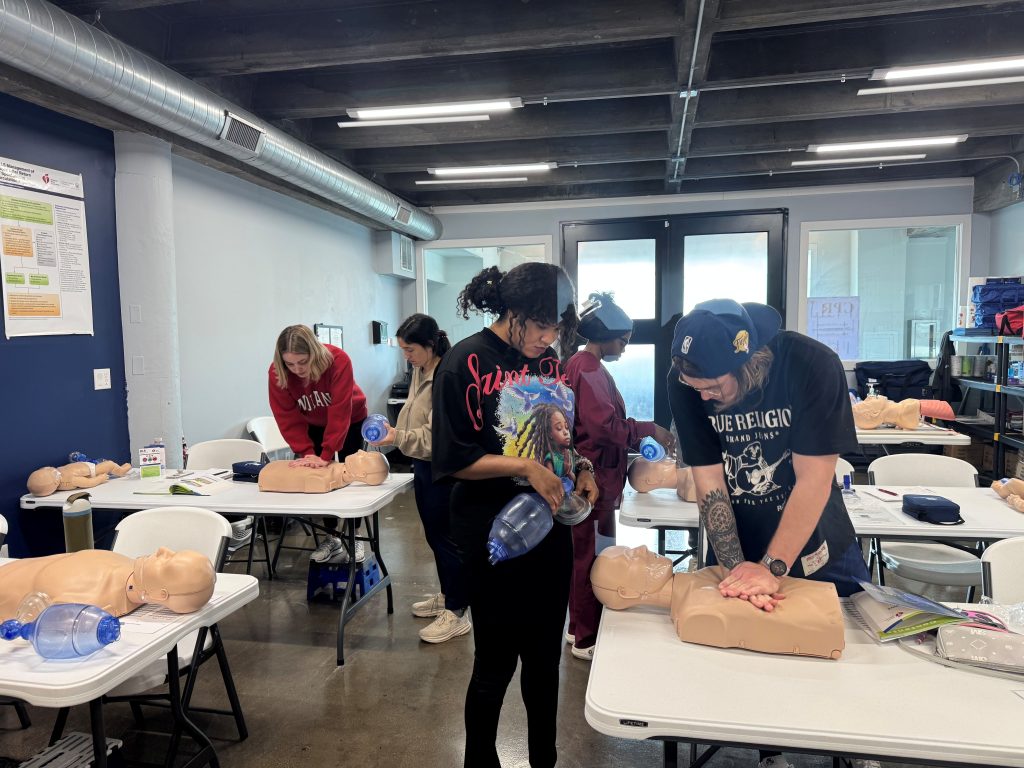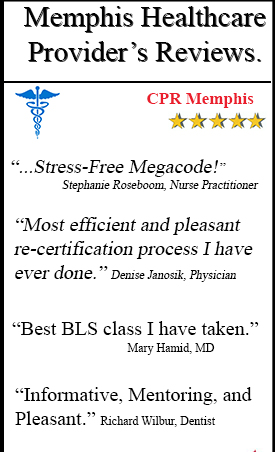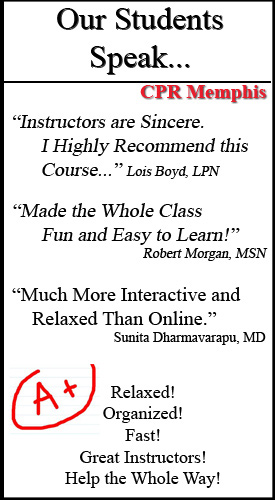When cardiac arrest strikes, every second counts. In those critical moments between life and death, properly trained first responders equipped with CPR certification can make the difference between tragedy and triumph. Understanding the vital importance of cardiopulmonary resuscitation and obtaining proper certification isn’t just a professional requirement—it’s a moral imperative that empowers individuals to save lives when it matters most.
The Life-Saving Importance of CPR in Emergency Situations
Cardiac arrest affects approximately 350,000 people annually in the United States alone. Furthermore, brain damage can begin within four to six minutes without oxygen, making immediate intervention crucial. CPR certification provides first responders with the knowledge and skills necessary to maintain blood circulation and oxygen delivery until advanced medical help arrives.
During cardiac emergencies, the heart stops pumping blood effectively throughout the body. Consequently, vital organs, particularly the brain, begin to suffer from oxygen deprivation. However, properly administered CPR can maintain approximately 25-30% of normal blood flow, which is often sufficient to preserve life and prevent irreversible damage.
Moreover, CPR serves as a bridge to advanced life support. While paramedics and emergency medical technicians prepare sophisticated equipment, certified first responders can maintain the patient’s viability through chest compressions and rescue breathing. This teamwork approach significantly improves survival rates and reduces the likelihood of long-term complications.
Research consistently demonstrates that immediate CPR can double or triple survival chances. Additionally, communities with higher rates of bystander CPR show dramatically improved outcomes for cardiac arrest victims. Therefore, widespread CPR certification among first responders creates a safety net that protects entire communities.
Why CPR Certification is Essential for First Responders
Professional CPR certification goes far beyond basic life support knowledge. Indeed, comprehensive certification programs provide systematic training that ensures consistent, effective emergency response. First responders with proper certification understand not only the mechanical aspects of CPR but also the physiological principles underlying successful resuscitation.
Certification programs teach proper hand placement, compression depth, and rhythm—critical factors that determine CPR effectiveness. Without proper training, well-intentioned individuals might provide ineffective compressions that fail to generate adequate blood flow. Conversely, certified responders understand that compressions must reach at least two inches deep and maintain a rate of 100-120 compressions per minute.
Furthermore, CPR certification includes training on automated external defibrillators (AEDs), which can restore normal heart rhythm in certain types of cardiac arrest. Understanding when and how to use these devices exponentially increases survival chances. Certified first responders also learn to recognize different emergency scenarios and adapt their response accordingly.
Legal protection represents another crucial benefit of certification. Many states provide Good Samaritan protections for certified individuals who provide emergency care within their training scope. This legal framework encourages certified first responders to act decisively without fear of litigation, ultimately benefiting emergency victims.
Regular recertification ensures that skills remain sharp and current. Medical knowledge evolves constantly, and certification programs incorporate the latest research and best practices. Therefore, maintaining current CPR certification demonstrates professional commitment and ensures optimal patient outcomes.
The Most Critical Component of Effective CPR
High-quality chest compressions represent the most critical element of successful CPR. While rescue breathing plays an important role, research increasingly emphasizes that uninterrupted, properly performed chest compressions are the foundation of effective resuscitation. Consequently, CPR certification programs prioritize compression techniques above all other skills.
Effective compressions require specific positioning and technique. The heel of one hand must be placed on the lower half of the breastbone, with the second hand interlocked on top. Arms should remain straight, and compressions should come from the shoulders and core, not just the arms. This positioning ensures maximum force transmission and reduces rescuer fatigue.
Compression depth and rate are equally crucial. Each compression must depress the chest at least two inches in adults, allowing complete recoil between compressions. The rhythm should remain steady at 100-120 compressions per minute, roughly the beat of “Stayin’ Alive” by the Bee Gees. Maintaining this pace while ensuring adequate depth requires significant training and practice.
Minimizing interruptions is absolutely essential for CPR success. Studies show that even brief pauses in compressions dramatically reduce blood flow and decrease survival chances. Therefore, certified first responders learn to coordinate rescue breathing and other interventions while maintaining nearly continuous chest compressions.
Quality feedback devices used in professional CPR certification help trainees develop proper technique. These tools provide real-time information about compression depth, rate, and recoil, ensuring that certified individuals can perform effective CPR under pressure.
Coordinated Response: What One First Responder Should Do While Another Performs CPR
Effective emergency response requires seamless teamwork and clear role delegation. When multiple certified first responders are present, coordination becomes crucial for maximizing patient outcomes. While one responder performs CPR, others should immediately assume complementary roles that support the primary resuscitation effort.
The second responder should immediately contact emergency medical services if this hasn’t been done already. Providing clear, concise information about the patient’s condition, location, and current interventions helps dispatchers send appropriate resources and provide additional guidance. Meanwhile, maintaining open communication with the CPR provider ensures continuous coordination.
Securing and preparing an AED represents another critical priority. The second responder should locate the nearest automated external defibrillator, turn it on, and prepare electrode pads while CPR continues. When the AED is ready, both responders must coordinate the transition to ensure minimal interruption in chest compressions.
Additionally, the supporting responder should manage the scene to optimize resuscitation conditions. This includes clearing unnecessary bystanders, ensuring adequate lighting, and removing obstacles that might interfere with CPR or advanced medical care. Creating a controlled environment allows the primary responder to focus entirely on patient care.
Preparing for advanced life support arrival is equally important. The second responder should gather relevant information about the patient’s medical history, medications, and circumstances leading to the emergency. This information proves invaluable when paramedics arrive and need to make rapid treatment decisions.
Finally, the supporting responder should be ready to provide CPR relief when needed. High-quality chest compressions are physically demanding, and rescuer fatigue can compromise effectiveness. Certified first responders learn to switch roles smoothly every two minutes, maintaining consistent compression quality throughout the resuscitation effort.
Building Stronger Communities Through CPR Certification
CPR certification creates ripple effects that extend far beyond individual emergency responses. Communities with higher certification rates develop cultures of preparedness and mutual support. Schools, workplaces, and public venues become safer when staff members possess life-saving skills and confidence to use them effectively.
Professional first responders set examples that inspire others to seek certification. When police officers, firefighters, security personnel, and healthcare workers demonstrate commitment to emergency preparedness, community members often follow suit. This multiplier effect gradually builds comprehensive emergency response capabilities throughout entire regions.
Moreover, CPR certification programs foster public health awareness and preventive care understanding. Participants learn to recognize early warning signs of cardiac problems and understand risk factors that contribute to emergencies. This knowledge empowers individuals to make healthier lifestyle choices and seek appropriate medical care before emergencies occur.
Take Action: Invest in Life-Saving CPR Certification Today
The importance of CPR certification cannot be overstated in our role as protectors and first responders. Every day we delay training is another day our communities remain vulnerable to preventable tragedies. However, obtaining certification is easier and more accessible than ever before.
Whether you’re seeking initial CPR certification in Memphis or need to renew existing credentials, professional training programs provide the skills and confidence necessary for effective emergency response. Additionally, BLS certification in Memphis offers healthcare providers specialized training that meets professional requirements while enhancing patient care capabilities.
Don’t wait for an emergency to wish you were prepared. Contact CPR Memphis today to schedule your certification class. As an American Heart Association training site, CPR Memphis offers initial certifications and renewals in BLS for Healthcare Providers, ACLS, PALS, and CPR and First Aid courses. All classes are stress-free and hands-on, ensuring you receive the best CPR training in Memphis.
Take the first step toward becoming a certified lifesaver. Your community is counting on you, and the life you save might belong to someone you love. Register for CPR certification today and join the ranks of empowered first responders who stand ready to act when critical moments arise.

